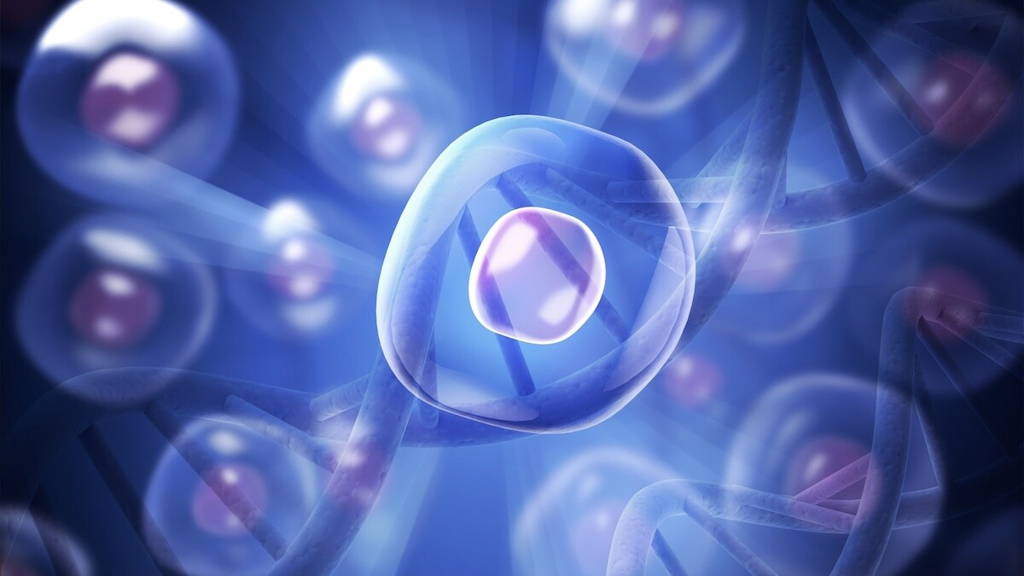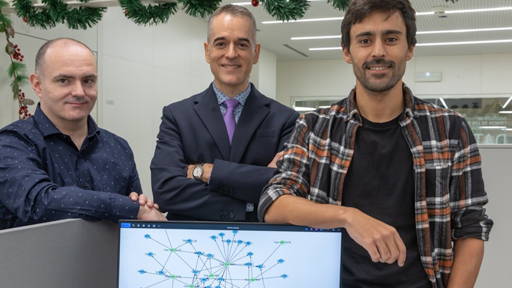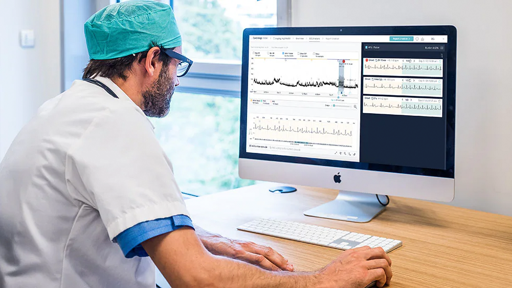Physicists at TU Delft have developed a new microscopy technique using ultrasound. This makes capillaries and cells in living organs visible. Previously, it was not possible to image this properly. Key to this innovation in ultrasound - a method called Nonlinear sound sheet microscopy - was the discovery of a sound-reflecting probe developed at Caltech's Shapiro Lab.
Heiles explains that this probe is a nanoscale gas-filled vesicle that lights up in ultrasound images making cells visible. ‘These vesicles have a shell of proteins and we can design them so that we can tune their brightness in images. We have used these gas vesicles to track cancer cells,’ Heiles adds. The research has been published in Science.
Ultrasound is one of the most widely used imaging techniques in medicine. But, until recently, that technique hardly played a role in imaging the smallest structures in our body, such as cells. Ultrasound is a clinical application of ultrasound that creates real-time images of body parts. Examples include ultrasounds taken during pregnancy. This way, diagnoses can be made for various diseases or the baby's development can be monitored. But what happens at the microscopic level remains hidden. This is where the new technique should start to change.
Living cells in 3D
A team of scientists from TU Delft, the Dutch Herseninstituut (Brain Institute) and Caltech has succeeded in imaging specifically labelled cells in 3D using ultrasound. The technique is called light sheet microscopy. The method can only image transparent or thin samples because light cannot penetrate deeper than 1 millimetre into opaque tissue. ‘Ultrasound can see up to centimetres deep into opaque mammalian tissue, allowing non-invasive imaging of whole organs. This gives us information about how cells behave in their natural environment, something light-based methods cannot do in larger, living tissues,’ says lead researcher David Maresca.
For the first time, they imaged living cells in whole organs in a volume the size of a sugar cube. Heiles explains that current light microscopes often use non-living samples for imaging. The relevant sample or organ must then be removed and processed. As a result, the activity of cells over time cannot be tracked.
Besides cells, the team of researchers also imaged capillaries in the brain using ultrasound. To do so, they used microbubbles as probes circulating in the bloodstream. Heiles explains that as far as they know, nonlinear sound sheet microscopy is the first technique that can image capillaries in living brains. This outcome of the study has huge potential to diagnose so-called small vessel diseases in patients. Since microbubbles have already been approved for use in humans, this technique could be used in hospitals within a few years.
Potential for cancer research
Outside clinical practice, sound sheet microscopy can also make a major contribution to biological research and in particular to the development of new cancer treatments, Maresca said. The imaging technique can distinguish healthy tissue from cancerous tissue. Moreover, it can show the necrotic core of a tumour. This is the centre of the tumour where cells begin to die due to a lack of oxygen. This insight can therefore help monitor cancer progression and response to treatments.
Researchers at Tel Aviv University recently developed an AI-driven method that helps understand how cells adapt to changing biological environments, such as those in tumour tissue. This innovative approach offers more insight into the effect of medication on cells and could improve the way we understand and treat diseases.







